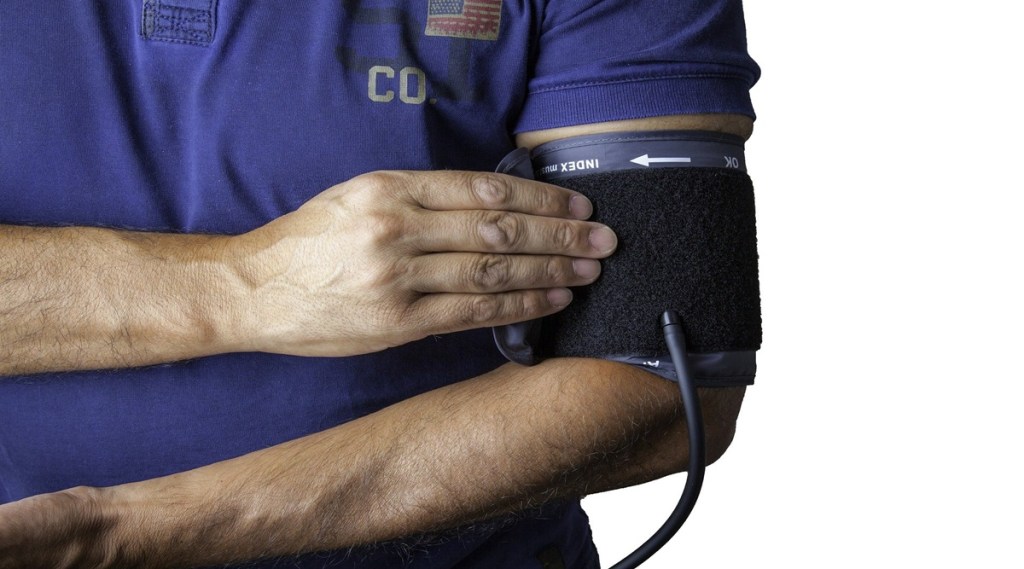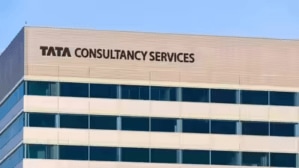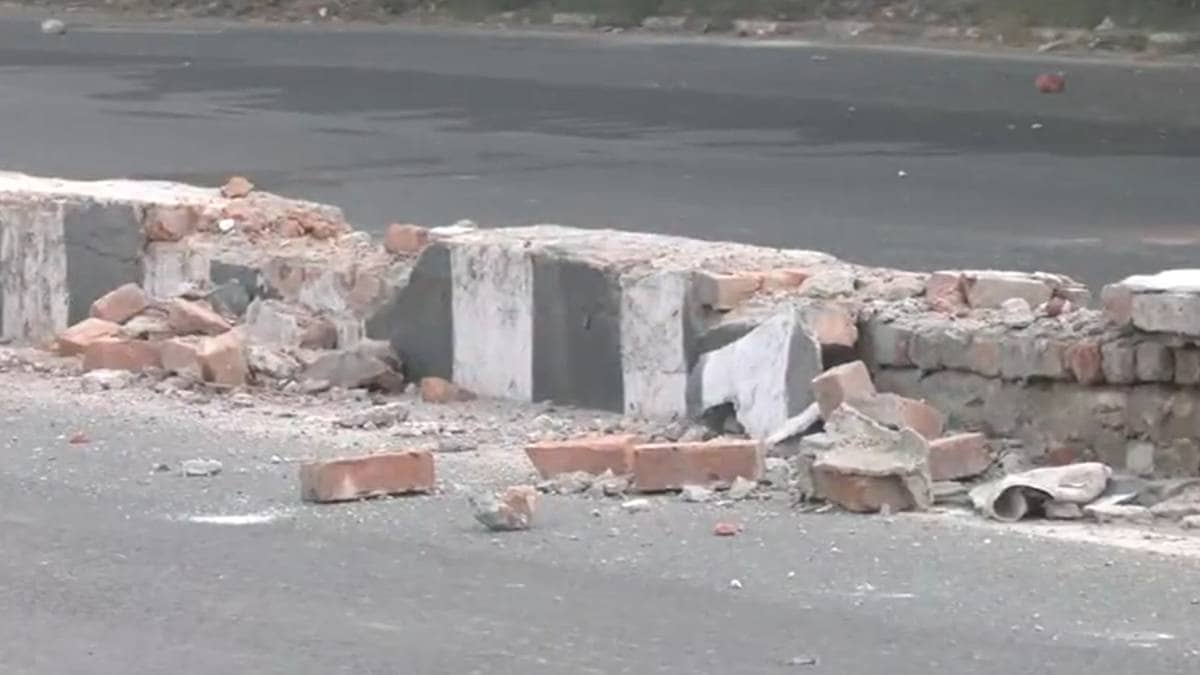By Dr. K. Madan Gopal & Sumit Kaushik
In the remote village of Sundarpur, a young mother, Maya, once worried about accessing even basic healthcare for her ailing child. Today, with the new Ayushman Arogya Mandir in her village, she benefits from regular checkups, vaccinations, and essential medicines. It also showcases how these Ayushman Ayrogya Mandirs, aka Health and Wellness Centres, transformed local health outcomes, impacting infant mortality by 15% within two years of implementation. Maya’s story reflects the Indian government’s ongoing efforts to transform rural healthcare and ensure accessible, quality care for its vast rural population, reflecting a multifaceted approach to transforming healthcare in the country. Since 2014, the Government of India has implemented progressive measures encompassing infrastructure development, healthcare financing, workforce training, and technology integration. These initiatives address long-standing challenges in rural healthcare, aiming for accessibility and affordability. There has been a marked improvement in rural healthcare infrastructure, with a 30% increase in primary health centres and a 50% increase in healthcare workers between 2013 and 2023.
A new era of health care has started through various initiatives, notable of which are:
Investments in Infrastructure: The PM-Ayushman Bharat Health Infrastructure Mission (PM-ABHIM), launched by the Prime Minister with an outlay of Rs. 64,180 crores, seeks to strengthen health systems at all levels (primary, secondary, and tertiary) to prepare for current and future health crises.
Expanding Primary Care: 1.64 lakh Ayushman Arogya Mandirs (AAM) bolster primary healthcare by upgrading sub-health centres (SHCs) and primary health centres (PHCs). AAMs offer preventative, promotive, rehabilitative, and curative services for reproductive and child health, communicable and non-communicable diseases, and other health issues. A healthcare worker from a rural clinic in Karnataka shared, ‘These initiatives have dramatically improved our ability to provide care, especially in maternal and child health services.
Easing the Financial Burden: The Pradhan Mantri Jan Arogya Yojana (PMJAY) has been a cornerstone in preventing financial catastrophes for millions of Indian families. By offering health insurance coverage of up to Rs. 5 lakh per family per year, PMJAY has significantly reduced out-of-pocket expenditures for healthcare, which traditionally pushed many into poverty. The programme covers various treatments, including critical surgeries, ensuring that medical emergencies do not escalate into financial crises. Its impact is most evident among low-income households, for whom it has facilitated access to quality healthcare without the burden of crippling expenses. This initiative not only safeguards families financially but also promote a healthier population by encouraging timely and adequate medical treatment. PMJAY’s success in providing financial protection and enhancing healthcare access marks a substantial leap towards a more equitable healthcare system in India.
Harnessing the Power of Technology: The Ayushman Bharat Digital Mission (ABDM) revolutionises healthcare delivery by establishing a unified digital infrastructure. With over 55 crore Ayushman Bharat Health Accounts (ABHA) created (as of February 8, 2024), the ABDM streamlines medical records, promotes telemedicine, and helps bridge accessibility gaps. The policy’s innovative approach integrates digital health records and telemedicine, setting a precedent for modern healthcare delivery in rural areas.
Strengthening the Workforce: The National Health Mission (NHM) has markedly improved healthcare in India, particularly in rural and underserved regions. It has enhanced access to quality healthcare by fortifying primary health centres and focusing on maternal and child health, significantly reducing infant and maternal mortality rates. Through training healthcare workers and controlling infectious diseases, NHM has strengthened service delivery and health education at the grassroots. This initiative represents a significant stride towards universal health coverage and sustainable health development in India.
Grants and Ongoing Support: To facilitate a more decentralised approach, the Fifteenth Finance Commission has made substantial grants available for states to upgrade health systems at the local level. The Union Health Ministry, through programmes like the National Health Mission, provides technical and financial assistance to states for infrastructure development, staffing, and service expansion.
Proactive Care with Ayushman Bhav: The recent Ayushman Bhav Campaign, promoting proactive wellness, preventive care, and health outreach, has yielded excellent results: as of January 31, 2024, almost 18 lakh health melas have been organised, offering a wide range of screenings, diagnostic services, and free medications to millions of rural residents. The campaign’s health melas provide crucial services like screenings, diagnostics, free medicines, vital nutrition, hygiene, and disease prevention information. This initiative aims for complete service delivery saturation in rural areas, ensuring everyone can access essential healthcare regardless of socio-economic status. By bringing services directly to rural populations, the campaign is closing the urban-rural healthcare gap and advancing towards universal health coverage.
Similar initiatives in countries like Thailand and Brazil, which have successfully improved rural healthcare, offer valuable lessons for India’s ongoing efforts.
The road ahead
While India has made significant strides, challenges remain. Rural areas still need more skilled healthcare professionals, and technological advancement might be slower in remote locations. The government must continue tackling these issues to ensure sustained progress.
India’s progress in rural healthcare is inspiring, but challenges remain. Workforce gaps persist, and technology adoption can be uneven in remote areas. To fulfil the vision of universal health coverage, sustained investment in training, leveraging technology, and collaboration with communities are essential. We may see increased use and integration of artificial intelligence and telemedicine in rural healthcare by 2030, aiming to bridge the urban-rural healthcare divide further. Let’s champion equitable rural healthcare for a healthy Viksit Bharat.
(Dr. K. Madan Gopal, is Advisor, Public Health Administration, NHSRC, MoHFW, GOI and Sumit Kaushik is a PhD candidate at O.P. Jindal Global University and a social impact consultant. Views expressed are personal and do not reflect the official position or policy of the FinancialExpress.com.)








